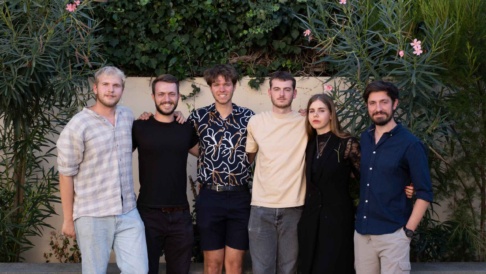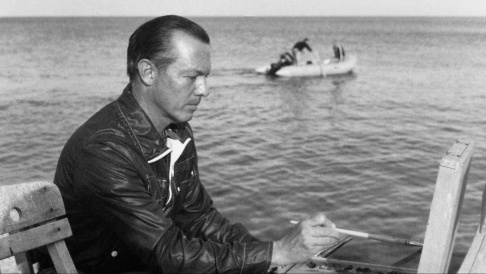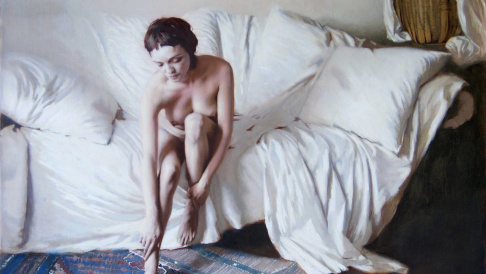They say, sculpture is born in clay, dies in plaster and is reborn in bronze.
As we have chosen to dedicate Fall to the subject of Sculpture, we are particularly excited to bring to you this video, with its exploration of the beauty and complexity of casting sculpture in bronze, and the rebirth of Mitch Shea’s extraordinary work, River God.
Inside a foundry near Florence, we watch the technical process that is the ancient technique of bronze casting, while Mitch describes for us the historical context behind the discovery and use of this material.
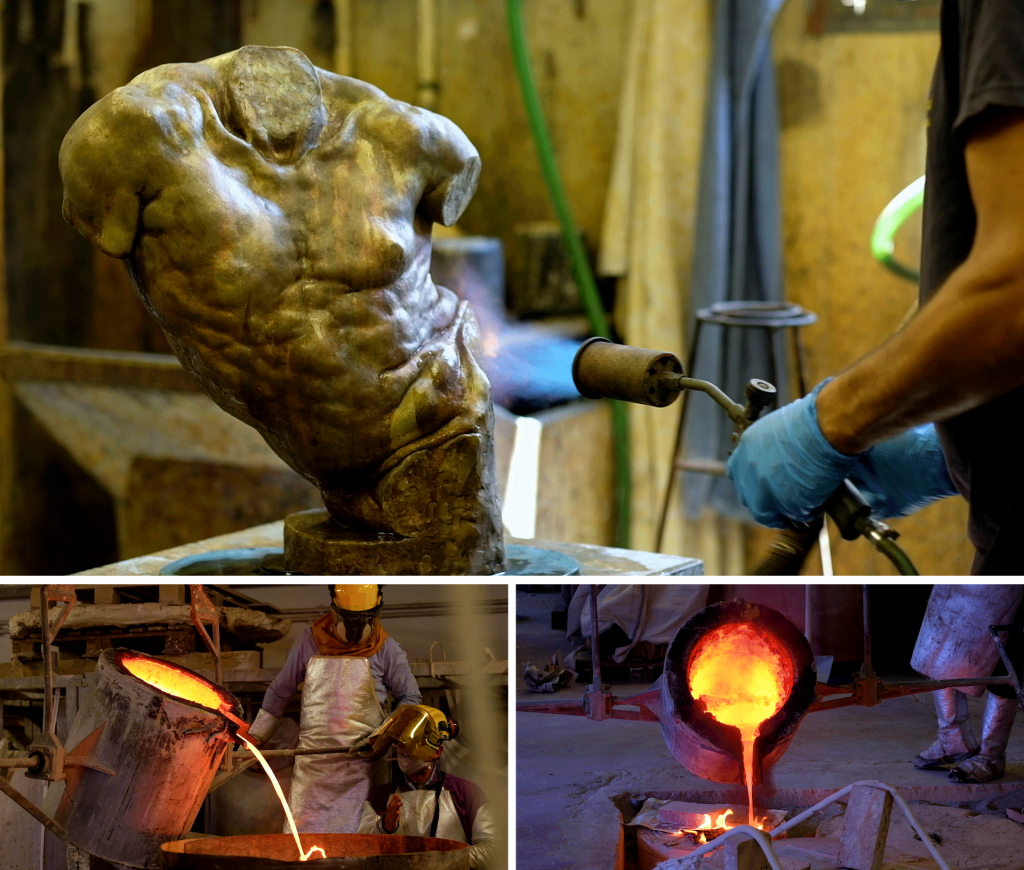
The FAA Collective thanks Jacopo Candotti and Ciglia & Carrai – Fonderia Artistica for allowing us to film a great portion of the process, and respectfully acknowledges leaving out a particular step that is part of the foundry’s special technique.
We also thank Mitch Shea, Director of the Sculpture Program, for his original text and eloquent narration.
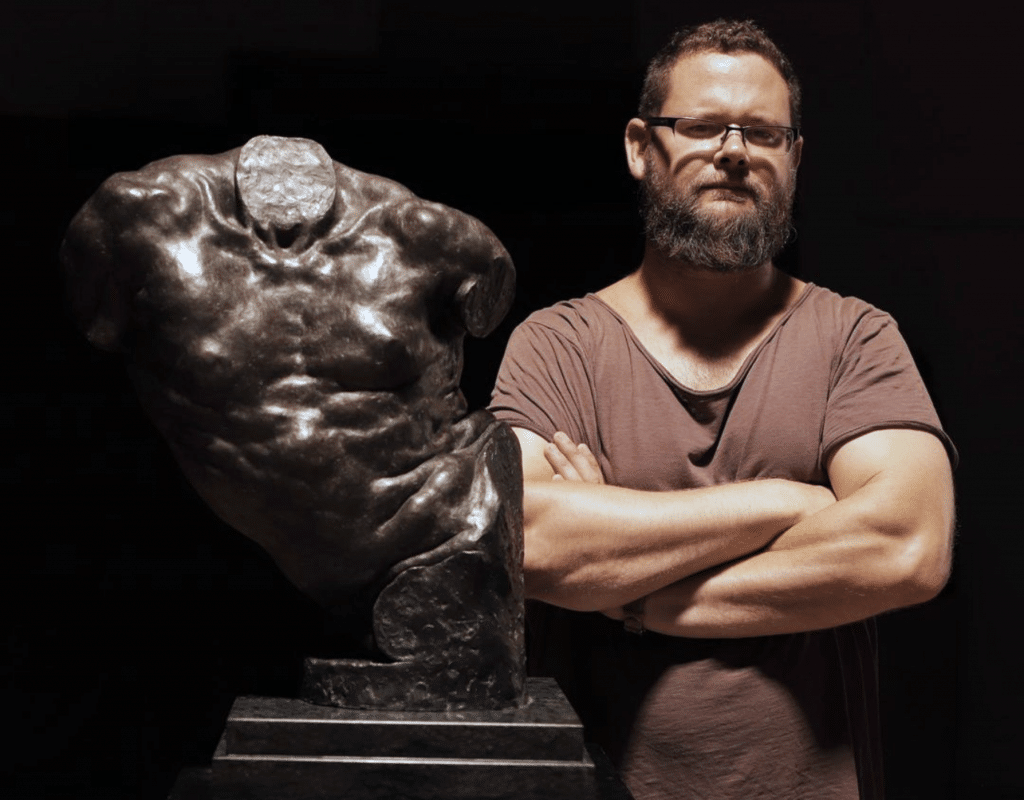
More about Mitch:
Mitch Shea is an American sculptor and draftsman born in Augusta, Georgia 1987. He attended the Academy of Art University in San Francisco, California from 2007-2010 where he studied Illustration, Metalworking, and worked on a variety of public monuments in the Bay Area. In 2011 he relocated to Florence, Italy and began studying Sculpture and Drawing at The Florence Academy of Art. During his study he was awarded numerous accolades and as a student began teaching in 2013.
Mitch is now Director of the Sculpture Program at The Florence Academy of Art. He also holds regular artist residencies in Greece and Cyprus. His works accommodate a multitude of priorities; namely, a deep commitment to observing and engaging a subject in order to produce works that contain some of the gravity and physicality of the natural world. He is keen to work in environments which are composed of striations of historical epochs that draw from both Eastern and Western cultural milieus. His work may be found in private collections throughout the United States, Europe, and the Middle East.
To view more of Mitch’s work please visit:
Website: www.mitchshea.com
Instagram: @mitchshea
FAA Alumni Gallery: Mitch Shea



